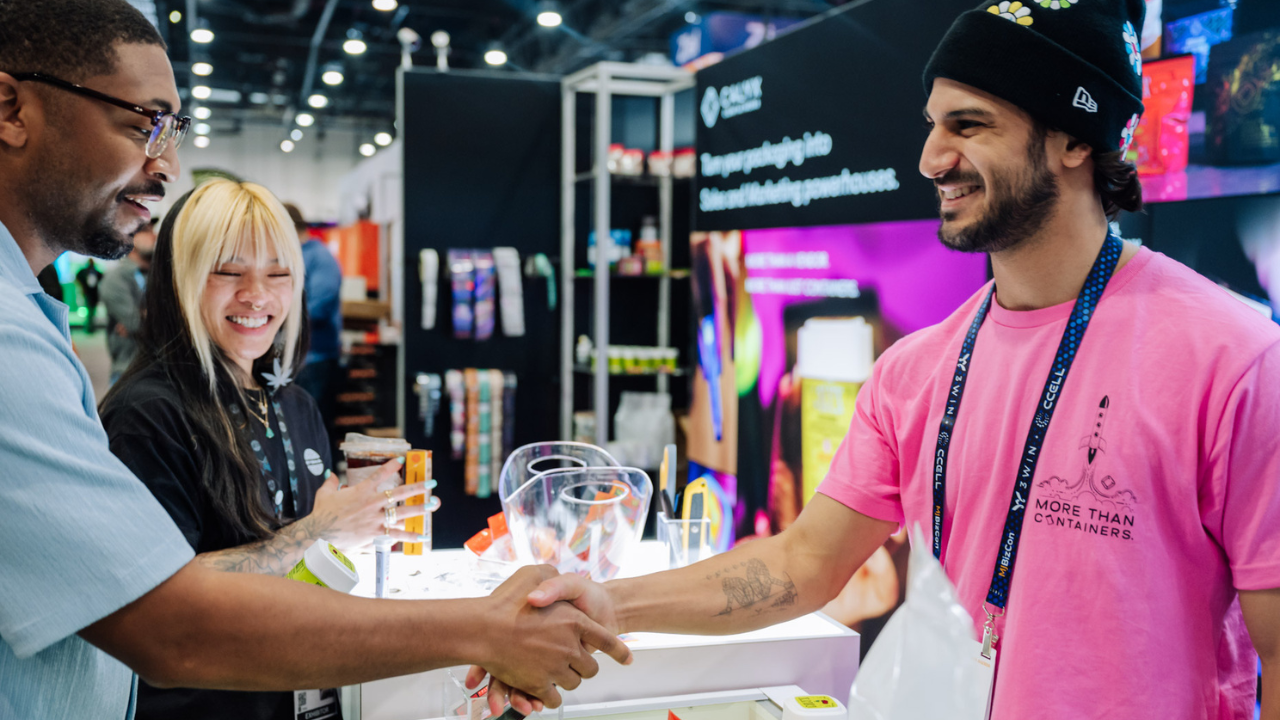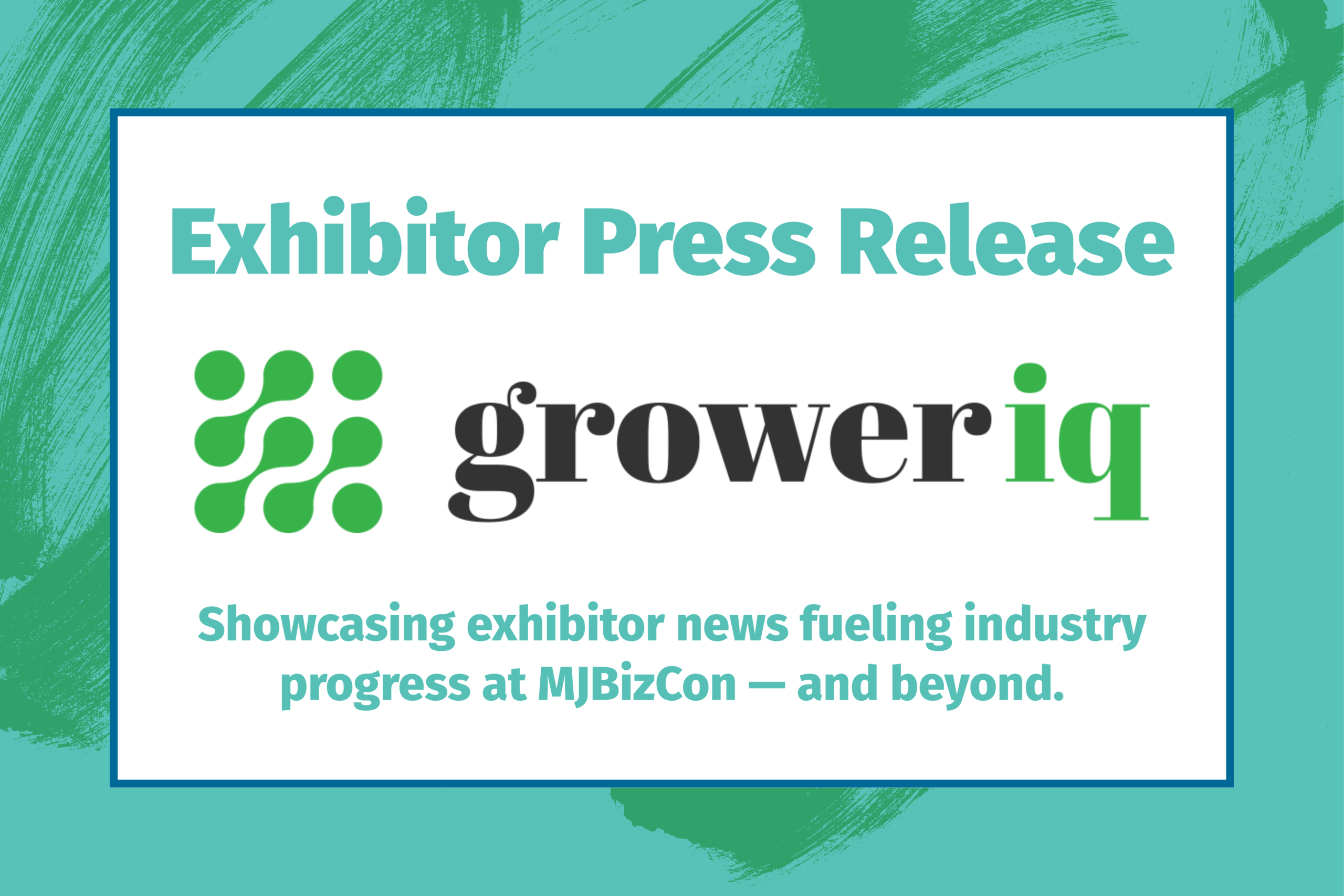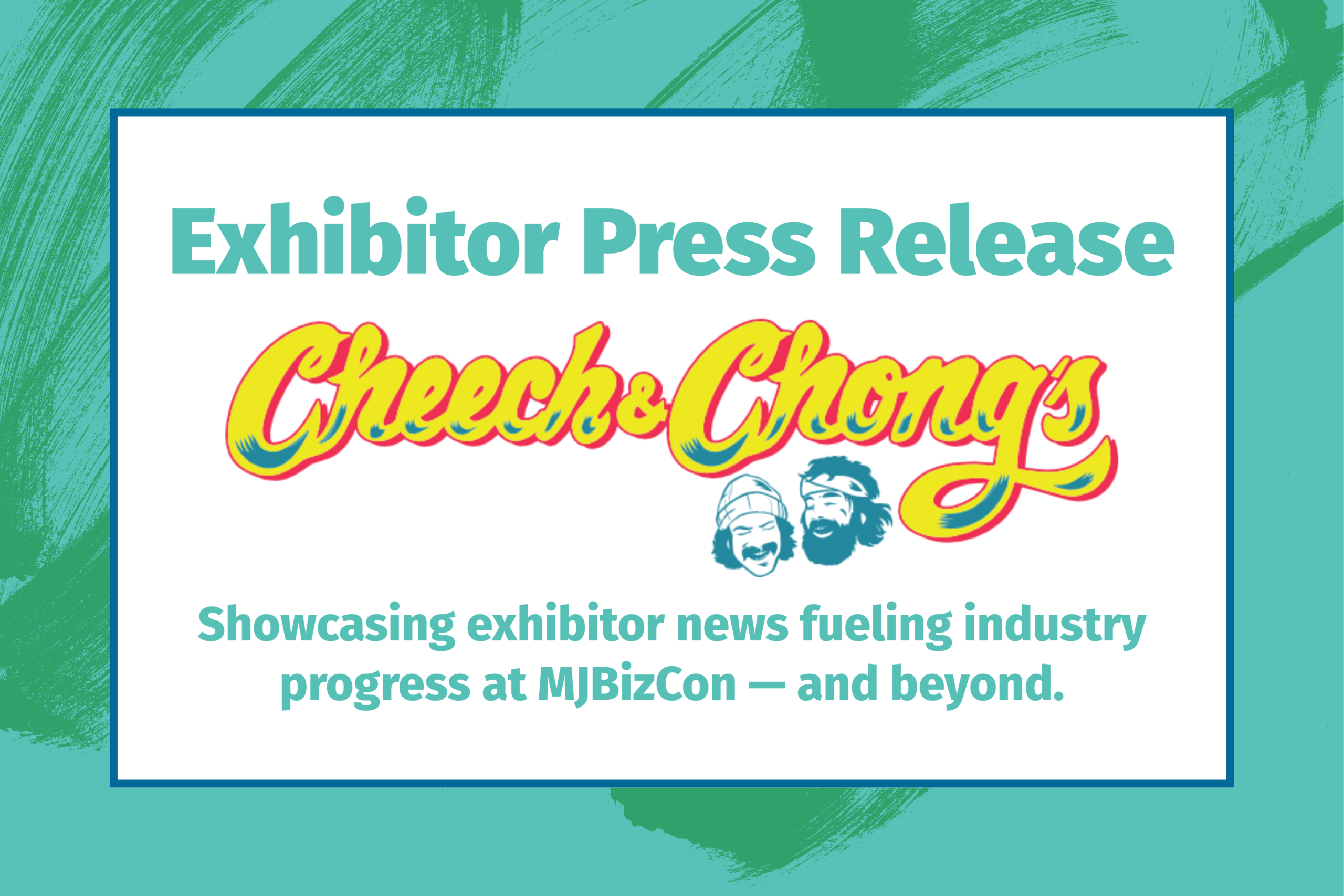Cannabis retail in 2026 is complex, but positioned for growth. Here’s an in-depth look at what dispensary owners need to know.
Running a cannabis dispensary in 2026 remains one of the most complicated retail businesses in America. Operators face licensing rules that change from state to state, a patchwork of compliance requirements, and a market where wholesale prices can contract almost overnight. Yet the potential rewards remain substantial. The cannabis industry is expected to contribute more than $123 billion in economic impact in 2025, and that momentum is carrying forward into 2026, creating opportunities for stores that can adapt to consumer behavior.
For dispensary owners, the challenge is not simply staying compliant or keeping shelves stocked. It is understanding how consumer attitudes toward recreational and medical cannabis continue to evolve and how those attitudes vary across product categories. Shoppers think about flower differently than they do gummies, and CBD still carries its own set of expectations. To stay competitive, retailers must recognize these nuances and translate them into merchandising and inventory decisions.
Consumer acceptance is mainstream and expectations are higher
One of the clearest shifts is just how normalized cannabis has become. According to the Pew Research Center, 88 percent of U.S. adults believe marijuana should be legal in some form, with 57 percent supporting both recreational and medical use. This broad support changes what consumers expect when they walk into a dispensary. They want transparent labeling, professional staff, and clear explanations of effects, much like what they would find in a pharmacy or wellness store.
The result is that dispensaries can no longer position themselves as niche outlets catering to insiders. They are increasingly expected to operate as mainstream retailers that deliver trust and consistency. Stores that embrace this reality are better positioned to win over new shoppers, particularly those entering the market for the first time.
Wellness motivations cross recreational and medical shoppers
The line between recreational and medical use is blurring. Many consumers say they choose cannabis products for stress relief, better sleep, or pain management—even when they are shopping in adult-use markets. A CDC overview highlights that wellness and functional outcomes are a growing part of how people think about cannabis, echoing trends seen across the broader health and supplement industry.
This crossover means dispensaries that merchandise by need rather than just by format can help shoppers navigate more effectively. Endcaps organized around “relax,” “sleep,” or “focus” resonate with both medical patients and recreational customers. By doing so, stores create a framework that speaks directly to why people buy, not just what they buy.
Convenience and control define format preferences
Even as new shoppers enter the market, cannabis purchasing decisions remain shaped by convenience and control. Flower still anchors the category, but consumers are increasingly drawn to formats that are easy to use and predictable in effect. Pre-rolls, for example, continue to expand faster than many other segments. A Headset industry report shows that pre-roll sales have grown more than 10 percent year over year, driven by portability and ready-to-use convenience.
Edibles, especially gummies, are another clear winner. They combine flavor variety with precise dosing, making them an appealing choice for both newcomers and experienced users who want consistent effects. According to MJBizDaily, gummies have outpaced the overall edible market and now dominate the category. This growth reflects broader consumer priorities: predictability, discretion, and simplicity.
Flower will remain the core but pre-rolls are shaping its future
Flower continues to represent a large share of dispensary sales, often accounting for half of store revenue when combined with pre-rolls. What has changed is how consumers want to experience it. Pre-rolls have become the bridge between traditional flower use and modern convenience. Mini multi-packs cater to casual social use, while infused pre-rolls satisfy potency seekers willing to pay more.
The implication for retailers is straightforward. Flower should remain the centerpiece of the store, but pre-rolls deserve a carefully structured ladder of options. Offering standard, infused, and premium rosin-infused pre-rolls ensures every type of shopper finds the right fit, while also supporting margin growth.
Gummies dominate edibles while chocolate faces cost headwinds
Among ingestible products, gummies are unmatched in momentum. They are efficient to produce, easy to dose, and endlessly adaptable to flavor innovation. Micro-dose gummy packs appeal to cautious newcomers, while higher-dose assortments serve experienced users looking for stronger effects. Retailers who cluster these products by function—such as sleep or calm—can make the selection process even easier.
Not every edible is enjoying the same trajectory. Chocolate is facing an uphill battle as global cocoa prices surge. Reports from Reuters show major chocolate makers raising prices in 2025, a trend that pushes THC chocolate into higher price points. That cost pressure limits its role on dispensary shelves, suggesting that chocolate may work best as a seasonal or specialty item rather than a category staple.
Cannabis beverages are breaking into social occasions
Perhaps the most intriguing growth story in cannabis retail is beverages. THC drinks generated more than $1 billion in sales in 2024, a figure that signals mainstream potential. In some states, bars and breweries are experimenting with on-tap service. In Minnesota, for example, breweries can legally pour THC seltzers alongside beer, a move that brings cannabis directly into social settings.
For retailers, this represents a chance to capture occasions that have traditionally belonged to alcohol. Placing single-serve beverage options near the checkout counter encourages impulse buys, while trial packs let consumers explore without a major commitment. As alcohol moderation gains traction among younger demographics, cannabis beverages are well-positioned to become part of the shift.
CBD is still relevant but requires careful positioning
CBD remains a vital entry point for wellness-minded consumers who want non-intoxicating options. Topicals, tinctures, and beauty formulations continue to generate steady demand. But CBD now shares shelf space with hemp-derived THC products, a development that has created confusion and regulatory risk. States are moving in different directions, with some tightening restrictions and others leaving the market largely unregulated.
Dispensaries can stay ahead by treating CBD as its own category with clear signage, QR codes linking to certificates of analysis, and staff training that emphasizes the distinction between hemp-derived and marijuana-derived cannabinoids. As MJBizDaily has reported, this clarity is essential as more companies enter the hemp-derived beverage and edible market.
Merchandising strategies turn attitudes into sales
Understanding consumer attitudes and product trends is only the first step. Retailers must also translate these insights into merchandising and inventory decisions. That often means capping active SKUs, pruning underperformers, and organizing shelves by need state rather than format alone. According to the MJBiz Factbook, operators who analyze basket composition and reposition products accordingly are seeing stronger results.
Industry events provide another important tool for staying ahead. Hall of Flowers, which runs in California and New York, has become a launchpad for new flavors, cannabinoid blends, and packaging formats. Also, this year MJBizCon is partnering with NuWu to explore the latest retail products. Dispensary buyers who treat the show as a line review calendar can refresh assortments with emerging trends before they hit the mainstream.
Cannabis retail in 2026 will reward clarity and discipline
The future of cannabis retail is not about carrying every possible product or chasing every passing trend. It is about aligning with consumer attitudes that favor convenience, wellness, and trust. Dispensaries that build outcome-based merchandising, maintain inventory discipline, and pilot new ideas from the trade show floor will be better positioned to grow. And for those who can manage the complexity and listen closely to what consumers are saying through their choices, 2026 is shaping up to be another year of profitable opportunity.









